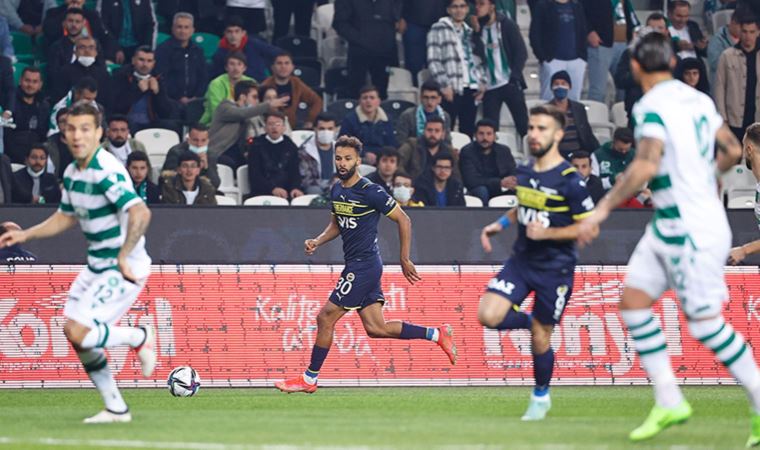

artilharia paulista 2023
Artillery in São Paulo: A Look into the Future of 2023
Por um escritor misterioso
Atualizada- abril. 14, 2025
Explore the future of artillery development in São Paulo, Brazil, as we delve into the advancements and strategies that will shape its landscape in 2023.

In recent years, the field of artillery has seen remarkable advancements and innovations. As we look towards the year 2023, it is intriguing to consider what lies ahead for artillery in São Paulo, one of Brazil's most populous states. From technological upgrades to strategic developments, this article explores some potential changes that may occur within the realm of artillery.
One area expected to see significant progress by 2023 is autonomous artillery systems. These systems utilize artificial intelligence (AI) algorithms and advanced sensors to autonomously acquire targets and engage them with precision-guided munitions. The development and integration of such systems are likely to enhance military capabilities while minimizing risks to personnel on the battlefield.
Furthermore, there is a growing emphasis on network-centric warfare. In this concept, different units share information through interconnected networks, enabling real-time coordination and decision-making. This approach can greatly improve situational awareness for artillery units operating in São Paulo by providing them with instant access to valuable data from various sources such as surveillance drones or ground-based sensors.
Another interesting trend expected in São Paulo's artilleries is increased focus on urban warfare capabilities. With rapid urbanization occurring worldwide, armed forces must adapt their strategies accordingly. In densely populated areas like major cities within São Paulo state itself- such as Sao Paolo or Campinas - engagements might require precise targeting and reduced collateral damage considerations due to proximity issues. Artillery units need specialized training and equipment tailored specifically for urban combat scenarios.
Additionally, there might be developments related to long-range precision fires (LRPF). LRPF refers to modern weapon systems capable of delivering highly accurate strikes over extended distances using guided projectiles. These systems offer enhanced range, accuracy, and lethality compared to traditional artillery pieces. In the context of São Paulo's vast territory, LRPF capabilities could significantly augment the effectiveness of artillery units in defending against potential threats.
In terms of equipment upgrades, advancements in sensor technology will likely play a crucial role. Improved sensors can provide more accurate target acquisition and tracking capabilities, allowing artillery units to engage enemy forces with greater precision and effectiveness. Additionally, advancements in ammunition design may lead to the development of projectiles with improved range and terminal effects.
Lastly, it is important to consider the potential impact of geopolitical factors on São Paulo's artillery landscape in 2023. Changes in international relations or regional conflicts can influence defense priorities and investments. As Brazil continues to assert its position as a growing global power, it may allocate resources towards enhancing its military capabilities - including its artillery forces.
As we approach 2023, these are some plausible developments that could shape the future of artillery in São Paulo. From autonomous systems to urban warfare capabilities and technological upgrades, these changes reflect an evolving landscape driven by advances in technology and changing security challenges.



Matias de los Santos of Argentina's Velez Sarsfield, front, fights for the ball with Federico Girotti of Argentina's Talleres, during a Copa Libertadores quarter final second leg match at the Mario Alberto
In recent years, the field of artillery has seen remarkable advancements and innovations. As we look towards the year 2023, it is intriguing to consider what lies ahead for artillery in São Paulo, one of Brazil's most populous states. From technological upgrades to strategic developments, this article explores some potential changes that may occur within the realm of artillery.
One area expected to see significant progress by 2023 is autonomous artillery systems. These systems utilize artificial intelligence (AI) algorithms and advanced sensors to autonomously acquire targets and engage them with precision-guided munitions. The development and integration of such systems are likely to enhance military capabilities while minimizing risks to personnel on the battlefield.
Furthermore, there is a growing emphasis on network-centric warfare. In this concept, different units share information through interconnected networks, enabling real-time coordination and decision-making. This approach can greatly improve situational awareness for artillery units operating in São Paulo by providing them with instant access to valuable data from various sources such as surveillance drones or ground-based sensors.
Another interesting trend expected in São Paulo's artilleries is increased focus on urban warfare capabilities. With rapid urbanization occurring worldwide, armed forces must adapt their strategies accordingly. In densely populated areas like major cities within São Paulo state itself- such as Sao Paolo or Campinas - engagements might require precise targeting and reduced collateral damage considerations due to proximity issues. Artillery units need specialized training and equipment tailored specifically for urban combat scenarios.
Additionally, there might be developments related to long-range precision fires (LRPF). LRPF refers to modern weapon systems capable of delivering highly accurate strikes over extended distances using guided projectiles. These systems offer enhanced range, accuracy, and lethality compared to traditional artillery pieces. In the context of São Paulo's vast territory, LRPF capabilities could significantly augment the effectiveness of artillery units in defending against potential threats.
In terms of equipment upgrades, advancements in sensor technology will likely play a crucial role. Improved sensors can provide more accurate target acquisition and tracking capabilities, allowing artillery units to engage enemy forces with greater precision and effectiveness. Additionally, advancements in ammunition design may lead to the development of projectiles with improved range and terminal effects.
Lastly, it is important to consider the potential impact of geopolitical factors on São Paulo's artillery landscape in 2023. Changes in international relations or regional conflicts can influence defense priorities and investments. As Brazil continues to assert its position as a growing global power, it may allocate resources towards enhancing its military capabilities - including its artillery forces.
As we approach 2023, these are some plausible developments that could shape the future of artillery in São Paulo. From autonomous systems to urban warfare capabilities and technological upgrades, these changes reflect an evolving landscape driven by advances in technology and changing security challenges.

Quem joga amanhã? Todos os jogos de amanhã das rodadas dos campeonatos de futebol no Brasil e no mund…



